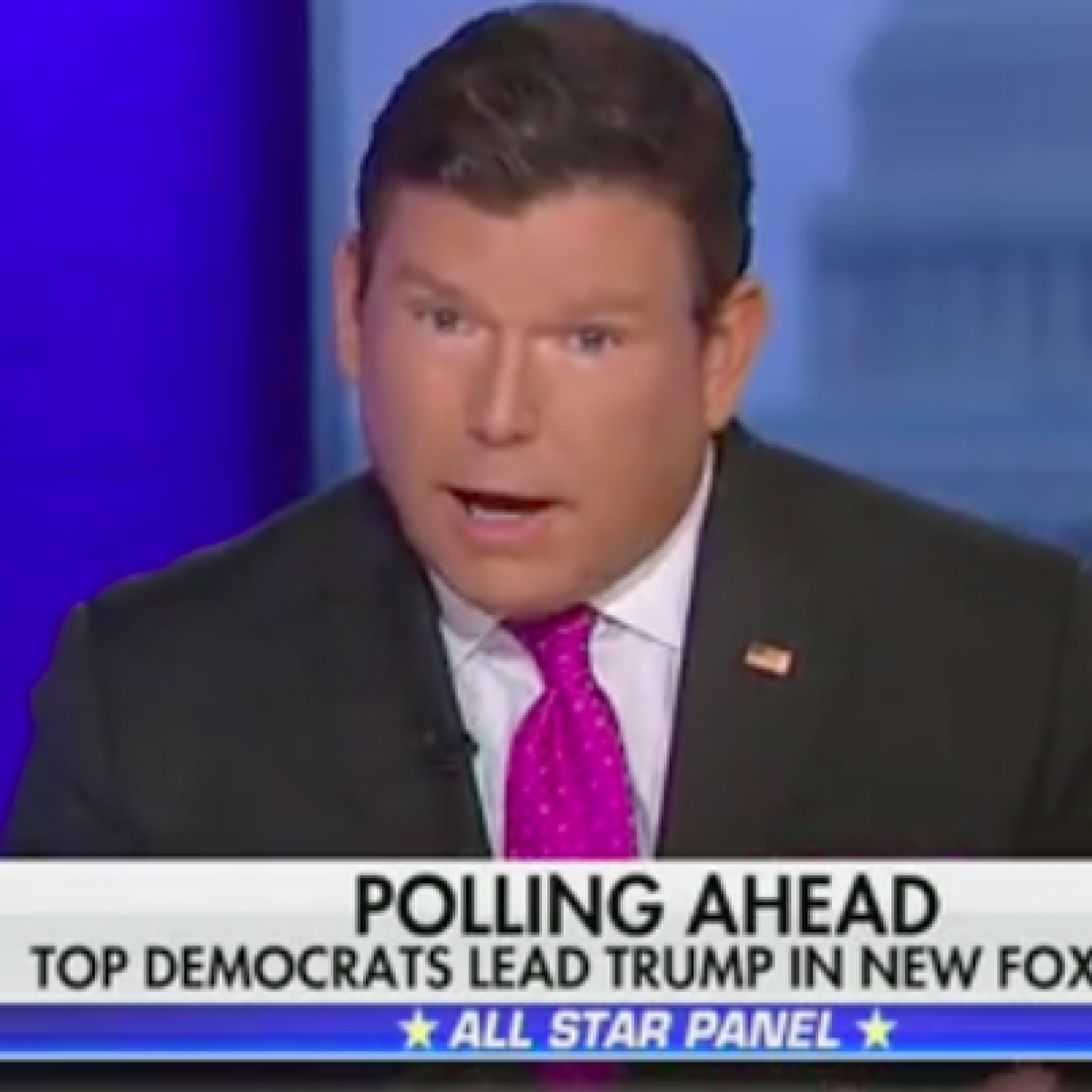Dear Commons Community,
As the stock market gets jittery and the talk of a recession increases, President Trump rather that easing fears and anxieties is blaming a host of conspirators who are out to get him. Maggie Haberman analyzes Trump’s responses to two weeks of scary economics as a pathetic attempt to deflect blame from his own ill-conceived comments and inept approaches to international economic negotiations. Below is her article.
Tony
New York Times
In Economic Warning Signals, Trump Sees Signs of a Conspiracy
By Maggie Haberman
Aug. 18, 2019
President Trump, confronting perhaps the most ominous economic signs of his time in office, has unleashed what is by now a familiar response: lashing out at what he believes is a conspiracy of forces arrayed against him.
He has insisted that his own handpicked Federal Reserve chair, Jerome H. Powell, is intentionally acting against him. He has said other countries, including allies, are working to hurt American economic interests. And he has accused the news media of trying to create a recession.
“The Fake News Media is doing everything they can to crash the economy because they think that will be bad for me and my re-election,” Mr. Trump tweeted last week. “The problem they have is that the economy is way too strong and we will soon be winning big on Trade, and everyone knows that, including China!”
Mr. Trump has repeated the claims in private discussions with aides and allies, insisting that his critics are trying to take away what he sees as his calling card for re-election. Mr. Trump has been agitated in discussions of the economy, and by the news media’s reporting of warnings of a possible recession. He has said forces that do not want him to win have been overstating the damage his trade war has caused, according to people who have spoken with him. And several aides agree with him that the news media is overplaying the economic fears, adding to his feeling of being justified, people close to the president said.
The claims provide a ready target to help Mr. Trump deflect blame if the economy does tip into recession. But whether they could truly insulate the president on what could be a significant issue of the 2020 election after he has so conspicuously wrapped himself in the good economic news of the past two years remains an open question, and he and his advisers have sought to tamp down concerns that a downturn is on the way.
“Our economy is the best in the world, by far,” Mr. Trump tweeted on Sunday. “Lowest unemployment ever within almost all categories. Poised for big growth after trade deals are completed.”
“I don’t see a recession,” he told reporters later on Sunday before leaving his private golf club in Bedminster, N.J., for Washington. But he added that if the economy slowed down, “it would be because I have to take on China and some other countries,” singling out the European Union as among those treating the United States “very badly.”
The president’s broadsides follow a long pattern of conspiratorial thinking. He has claimed, without evidence, that undocumented immigrants cast millions of ballots, costing him the popular vote in the 2016 election. During the campaign, he predicted that the system might prove to be “rigged” if he did not win. He conjured up a “deep state” conspiracy within the government to thwart his election and, more recently, his agenda. And he has said reporters are trying to harm him with pictures of empty seats at his rallies.
The attacks come as the economy has begun flashing some warning signs, despite unemployment near historic lows and relatively high marks by voters on Mr. Trump’s economic stewardship. Global growth has been slowing. Last week, stock markets plunged as the yield on the 10-year Treasury note briefly fell below that of the two-year Treasury note, an unusual situation known as an inversion of the yield curve that is considered one of the most reliable leading indicators of recession in the United States.
In some conversations, the president has been preoccupied with the trade war, as well as with how to handle the pro-democracy protests in Hong Kong, according to the people who have spoken with him. “I’d love to see it worked out in a humane fashion,” Mr. Trump told reporters on Sunday, referring to potential retaliation against the demonstrators by China. “It does put pressure on the trade deal,” he added.
Mr. Trump also indicated that the Chinese tech giant Huawei, which his administration sees as a national security threat, might not receive an extension of a reprieve that allows American companies to supply it with certain goods despite a ban on such trade.
“Huawei is a company we may not do business with at all,” the president said, casting doubt on reports that the reprieve, which is set to expire on Monday, would be extended.
On Sunday, his advisers battled any notion that the trade war could be harming the economy. Peter Navarro, a top trade adviser who has urged the president on in his trade war, dismissed a study from researchers at Harvard, the University of Chicago, the International Monetary Fund and the Federal Reserve Bank of Boston that showed that the cost of Mr. Trump’s tariffs had “fallen largely on the U.S.,” not on China and other countries, as the administration has asserted.
“There’s no evidence whatsoever that American consumers are bearing any of this,” Mr. Navarro said on CNN’s “State of the Union,” insisting, despite abundant data to the contrary, that “they’re not hurting anybody here.”
While maintaining that any turmoil in the economy is overstated, Mr. Navarro and Larry Kudlow, the White House economic adviser, also said the Federal Reserve had slowed economic growth, mirroring Mr. Trump’s criticisms.
Mr. Kudlow, appearing on “Fox News Sunday,” said that the state of the economy under the Trump administration “is kind of a miracle, because we face severe monetary restraint from the Fed.”
Mr. Navarro, appearing on CBS’s “Face the Nation,” blamed the Fed for raising interest rates “too far, too fast,” adding that “they have cost us a full point” of growth in gross domestic product.
Mr. Trump has also struck an increasingly strident economic tone.
“You have no choice but to vote for me because your 401(k), everything is going to be down the tubes” if Democrats win, he told a crowd at a campaign rally in Manchester, N.H., last week. “Whether you love me or hate me, you’ve got to vote for me.”
The rally was one a few departures from a relatively low-profile period during a nearly two-week trip to his club in Bedminster, where he typically spends part of August. He also took official trips to El Paso, Tex., and Dayton, Ohio, after the gun massacres there, and he went to Pennsylvania ostensibly to talk about energy sources, but instead delivered remarks indistinguishable from those at one of his rallies.
But the dyspeptic diatribes came in spurts, and the president whipsawed between frustration and freewheeling meetings and golf outings, including one on Saturday with the president of the P.G.A. and the chairman of the Securities and Exchange Commission, according to two people familiar with his playing partners. Still, Mr. Trump was frustrated by the news media’s coverage of his rally in New Hampshire. He repeatedly complained about misleading pictures of empty seats, or that attendance at the arena had beat Elton John’s record crowd there, but no one was covering it.
Long-serving aides say that Mr. Trump understands that presidents face harder re-election battles in a bad economy, and he has made the issue central to his presidency.
But even as he returns to Washington facing new pressures, Mr. Trump did not seem to anticipate a quick resolution to the trade war. “The tariffs have cost nothing, in my opinion, or certainly very little,” in terms of pain to American consumers and businesses, Mr. Trump insisted, adding that “China is eating the tariffs.”
“China would like to make a deal,” he said. “I’m not ready.”







